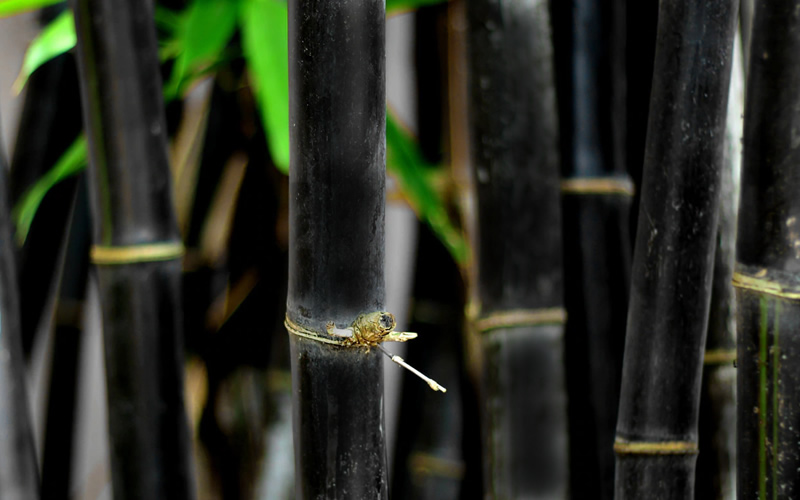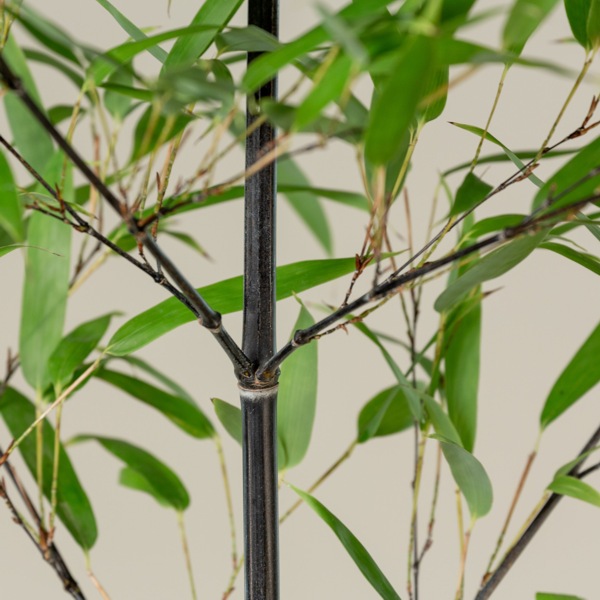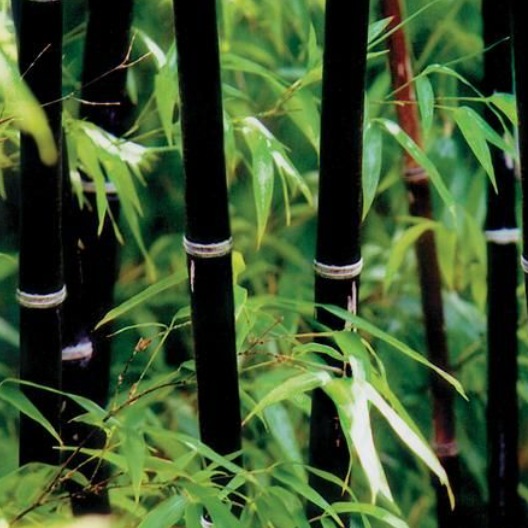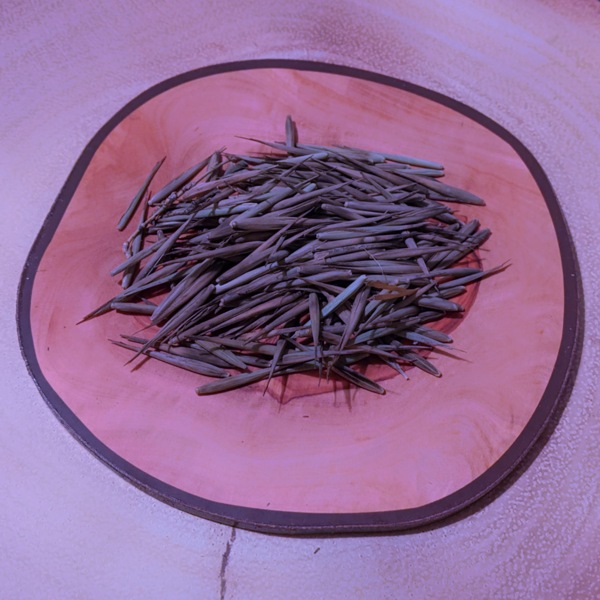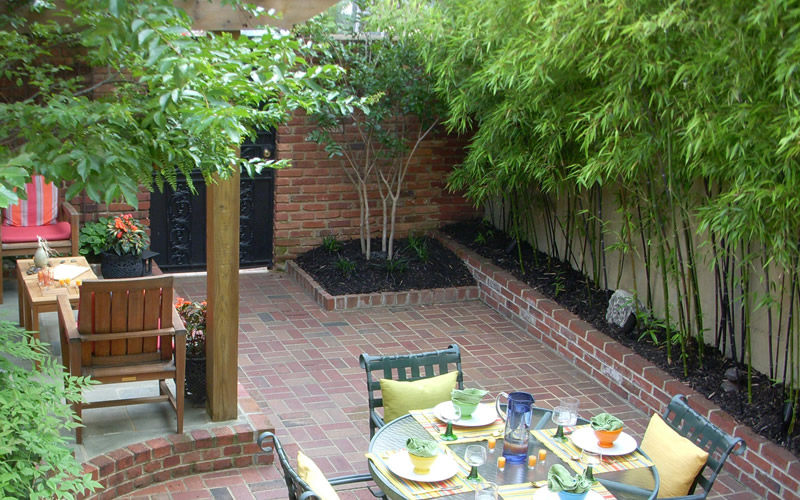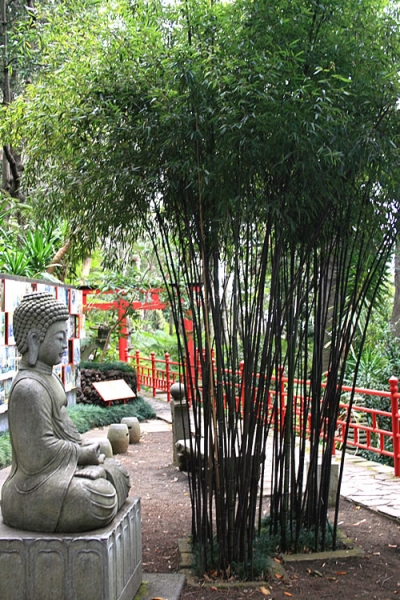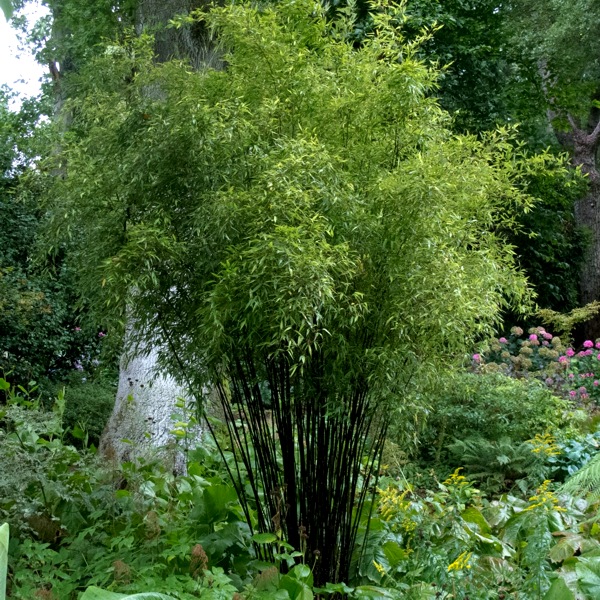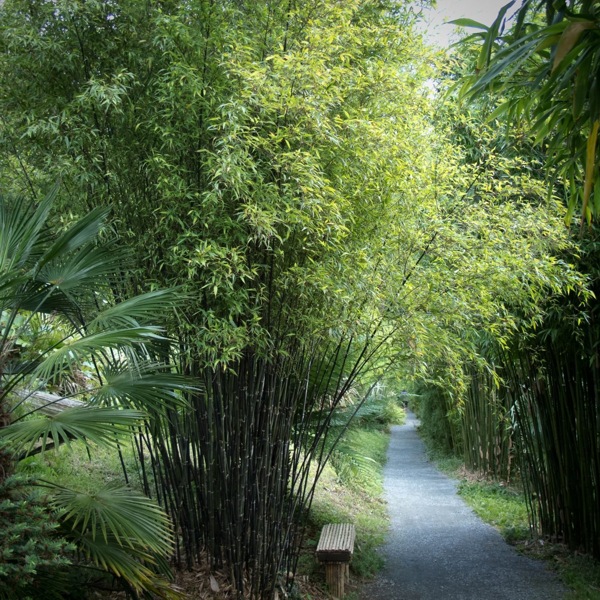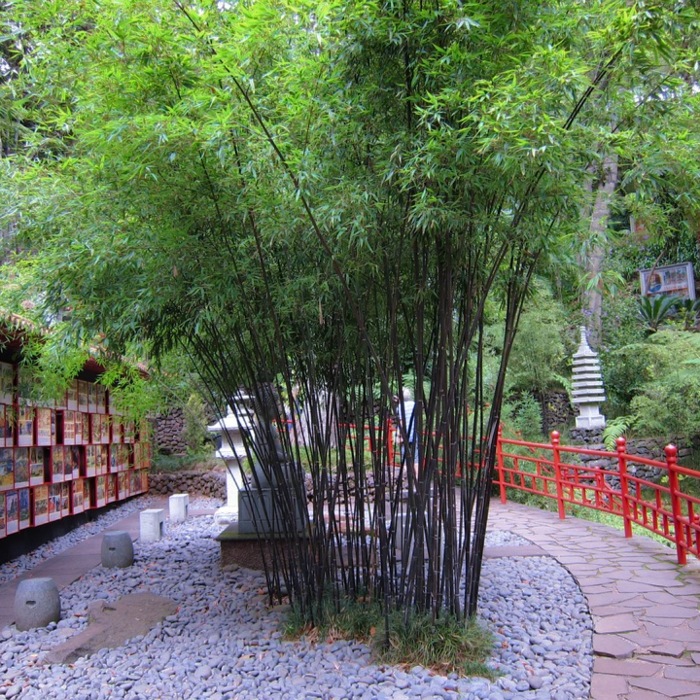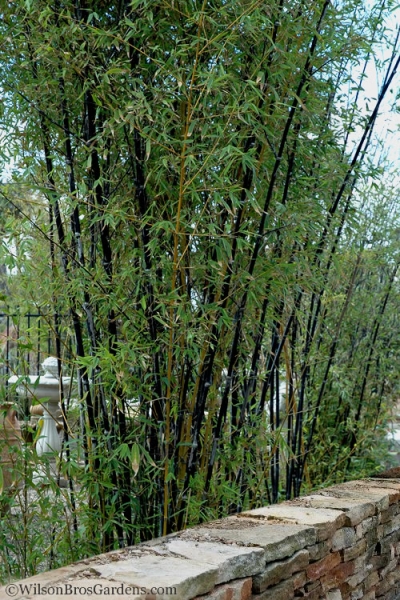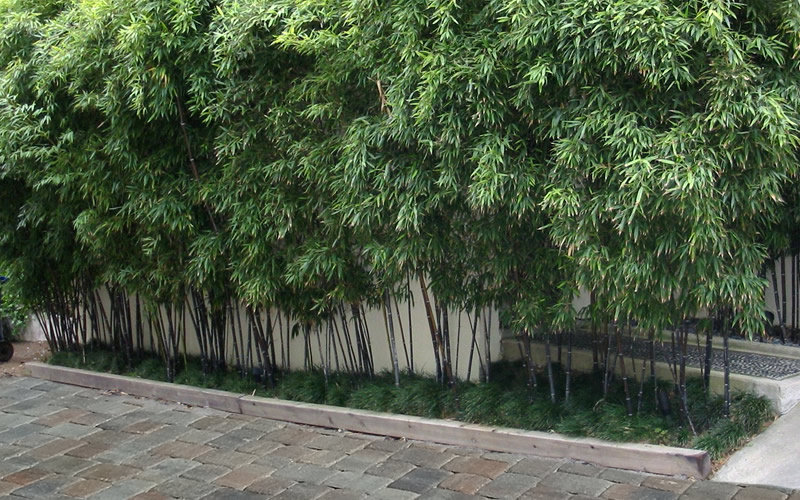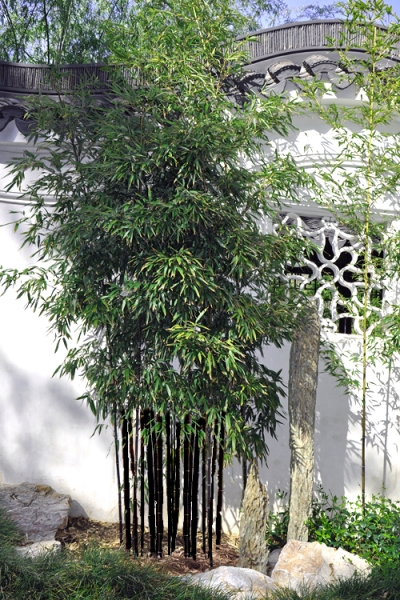Black Bamboo
| bamboo |
It is a evergreen, perennial tree, see how the Black bamboo looks like in the garden and landscape.
Black Bamboo is suitable for growing in USDA hardiness zones: 6a, 6b, 7a, 7b, 8a, 8b, 9a, 9b, 10a, 10b, 11a, 11b. Other winter zone scales for planting this bamboo are ANBG: 1, 2, 3, 4, 5; RHS: H7, H6, H5, H4, H3, H2, H1c; PHZ: 7a, 7b, 8a, 8b, 9a.
Bamboo details
| Plant type | tree, ornamental, hedges, containers, screen | ||||||||
| Life cycle | perennial, evergreen | ||||||||
| Sun needs | part shade, full sun, part sun | ||||||||
| Growth habit | upright | ||||||||
| Height at maturity | 5 m - 10 m | ||||||||
| Spread | 2 m | ||||||||
| Soil moist/drainage | well drained moist, well drained | ||||||||
| Soil PH | 5.5 - 7.0 (moderately acidic - neutral) | ||||||||
| Gardens types | container | ||||||||
Winter hardiness zones:
| |||||||||
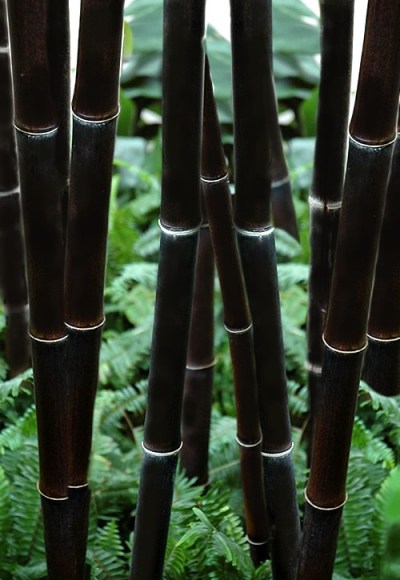 Black Bamboo (Phyllostachys nigra) was introduced in 1827 and one of the most exotic and ornamental of all the Phyllostachys species. The Black Bamboo is the only species in which the entire culm turns a true ebony color, making it an excellent selection for the ornamental landscape or in containers.
Black Bamboo (Phyllostachys nigra) was introduced in 1827 and one of the most exotic and ornamental of all the Phyllostachys species. The Black Bamboo is the only species in which the entire culm turns a true ebony color, making it an excellent selection for the ornamental landscape or in containers.
New canes are emerge green and turn ebony black within 6 months to a year or so. The handsome green leaves contrasts beautifully with the dark canes.
Phyllostachys nigra reaching 15 feet (4.6 meters) tall in cooler climates (Zone 6) and up to 25-30 feet (7.6 - 9 meters) in height in warmer climates (Zones 7-9), and has culm diameter up to 2" (5 sm).
The foliage of Black Bamboo has been damaged at temperatures below 10 degree Fahrenheit (-12 ° Celcium) under high wind conditions. If a dry wind is possible, plant in a protected area or maybe consider the Spotted Leopard bamboo. Foliage loss occurs at 0 — -5 °F (-17 — -20 °C), with complete top kill of canes at around -10 to -15 °F (-23 — -26 °C).
Black Bamboo is being grown in USDA Zone 6 with moderate top damage during the harsh winter months.
Phyllostachys nigra will tolerate some shade but the culms are not as erect in shaded sides as some other species and tend to weep or arch over. If growing indoor, black bamboo requirees minimum 6 hours of sun.
When established, most bamboo will tolerate periods of dry weather, however, will appreciate an occasional deep soaking if the leaves begin to curl from drought distress.
Bamboo can be controlled in a small area (a normal city yard) simply by mowing or stepping on the young shoots. New shoots of some bamboo can also be used for culinary purposes and cooked, much like asparagus. Keep in mind that running bamboo only puts up new shoots for a short time each year and, when they are "shooting," the new plants are very fragile and easy to destroy. Root pruning or installing Bamboo Root Barrier are other methods to control spread.
Black Bamboo @ wikipedia.
